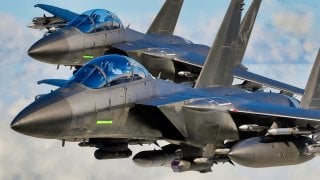Don't Mess with This: Israel’s F-15IA is a Beast of a Fighter Jet
Israel's fascination with the F-15 warplane continues with the upcoming acquisition of the F-15IA, an advanced version of the F-15EX Eagle II.
Summary and Key Points: Israel's fascination with the F-15 warplane continues with the upcoming acquisition of the F-15IA, an advanced version of the F-15EX Eagle II.
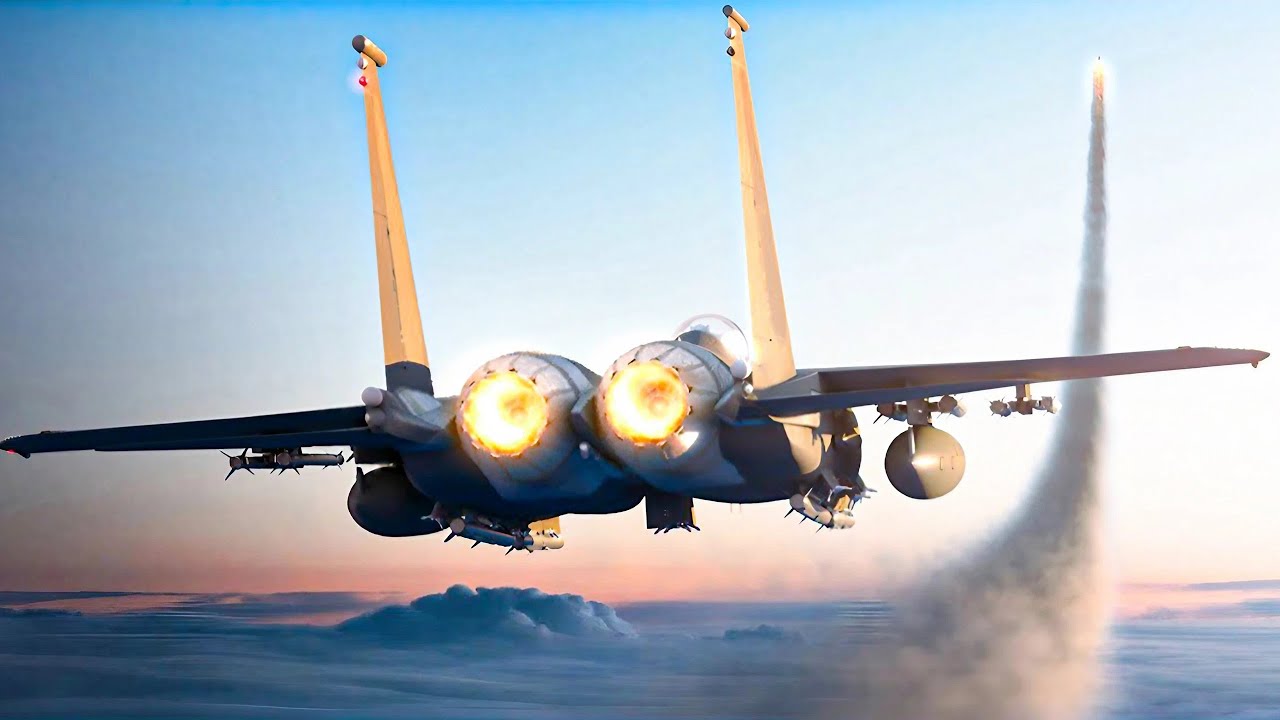
What Makes This Fighter Special: Known for modifying U.S.-built aircraft to suit their unique strategic needs, Israel's new F-15IA will feature enhanced electronic warfare capabilities, improved situational awareness, and robust long-range strike potential. This upgrade is seen as vital in countering threats from Iran and its proxies.
But Is it A Good Idea to Sell? While the U.S. has approved this purchase, it could lead to an arms race in the region as other powers may seek similar capabilities.
Israel Is Getting a Very Special Version of the F-15EX Eagle II
One of the old-timers I have had the honor of knowing for many years is a veteran of American covert operations. One of the stories he loves to tell is about the time he helped transfer F-16 warplanes to Israel in the 1970s. These were the most advanced warplanes in the world at the time. They were the pride of every American warfighter and intelligence operative.
After flying through the night, they landed in the desert at a base in Israel. Tired and worn, the pilots intended to catch a few hours of sleep before taking a plane back to the States later that day. Upon landing, my friend explained to me, he was astonished by the way the Israeli Air Force technicians immediately went to work on the F-16s after they officially accepted the handover.
As the story goes, my friend made a snide remark about the way the Israelis were disassembling the plane. They were callously removing and discarding very expensive systems from inside the cockpit. When pressed, one of the Israeli technicians explained that, “You Americans have too many toys!” According to the Israeli technician, “We don’t need all of this!” Once the equipment was removed from the planes, the Israelis began making further changes to the birds.
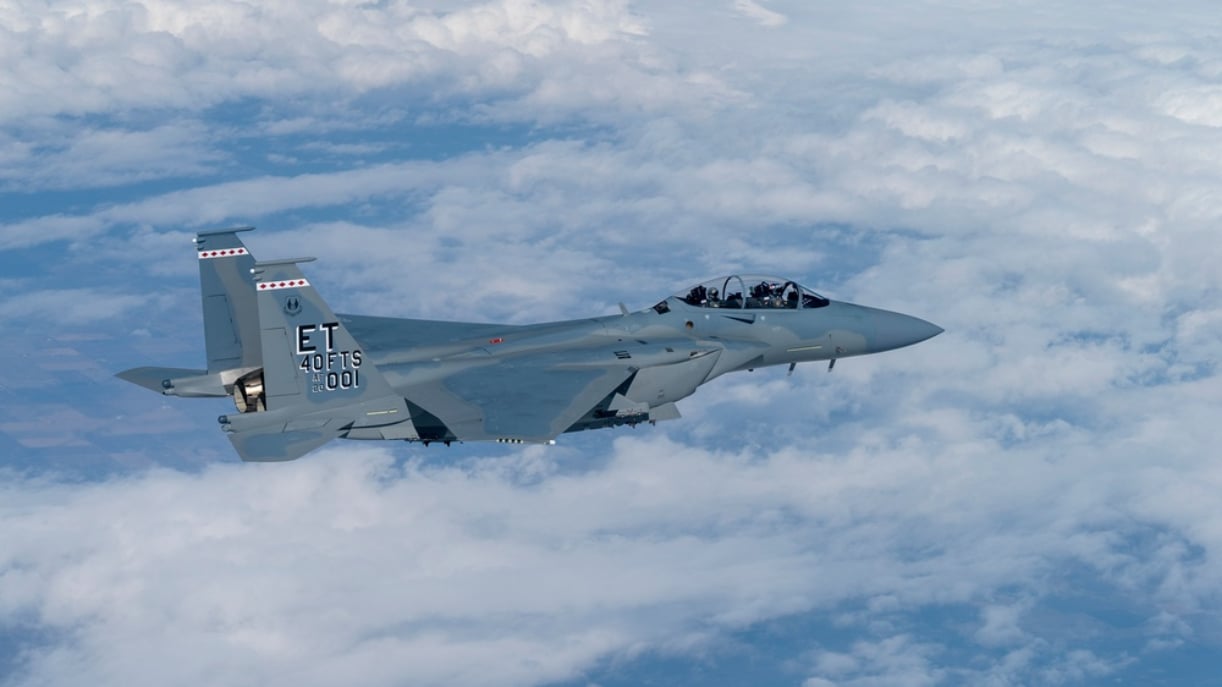
They were making the birds compatible with the Israeli Air Force and the unique requirements of Israel’s geostrategic reality. Israel, by the way, does this with all the planes they receive from the United States. They did this with the F-35. They did this with the F-15.
The F-15IA and Israel
Israel loves the American-made F-15 warplane. The storied warbird has served continuously in the Israeli Air Force ever since it was introduced way back in 1976. As with other U.S.-built planes, such as F-16I Soufa and the F-35I, the Israelis are getting a truly superior war machine.
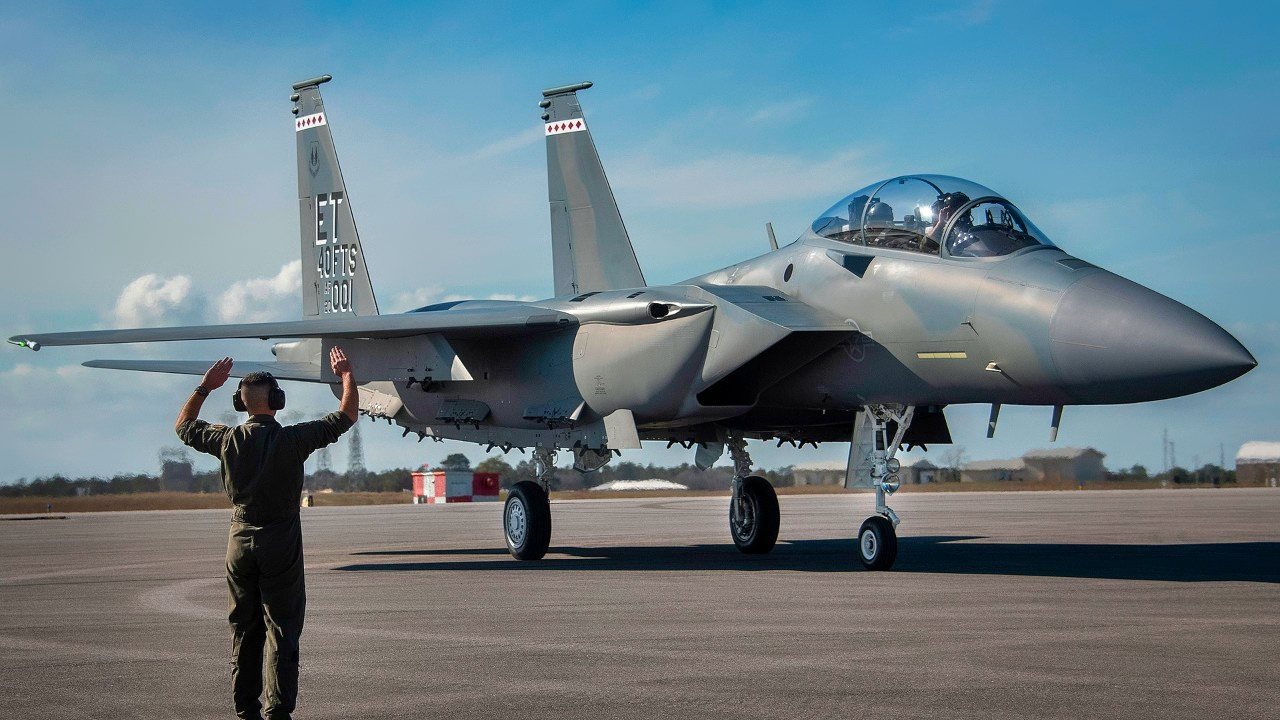
In fact, in some cases, as with the F-35I, this author would venture to say that the capabilities found in the Israeli variants of U.S.-built planes are superior to other versions – possibly even the U.S. versions – of those birds.
The Reason for Israel’s Fascination with the F-15
With the United States and its allies increasingly facing a contested geostrategic environment, defense contractors and strategists are having to make radical reassessments of capabilities. The cost of building entirely new systems is becoming onerous, so older systems are being reimagined.
The F-15EX Eagle II is one such attempt at taking an older but still capable platform and radically upgrading it. The F-15EX Eagle II is described as a fourth-generation+ warplane. In other words, the F-15EX Eagle II has a fourth-generation body and soul, with a fifth-generation warplane heart and mind. It’s a hybrid. The warbird is supposed to combine the best of both generations into one.

Of course, the F-15EX Eagle II is not without its detractors. Still, it’s an incredible warplane. And the Israelis, understandably, want it.
Israel's Version of the F-15EX: Better than the F-15I “Ra’am”?
The IAF operates the F-15I Ra’am. They have, as noted above, since 1976. Israel decided they needed to invest in an upgrade for this proven platform in the face of growing danger – specifically, in response to the challenge from Iran and its terrorist proxies.
The F-15IA has a potent suite of electronic warfare capabilities. The Eagle Passive Active Warning Survivability System (EPAWSS) gives the F-15IA the ability to operate in contested electronic environments. If a war between Israel and Iran erupts, Iranian forces will endeavor to degrade the electromagnetic (EM) spectrum so as to nullify Israeli weapons platforms. The F-15IA, in theory, can overcome these disruptions thanks to the EPAWSS and other electronic warfare systems.
Israel’s F-15IA will boast a variety of weapons, including air-to-air and air-to-ground munitions. The cockpit will have improved situational awareness and advanced automation of the kind that normally comes with a fifth-generation warplane like an F-35. What’s more, as with all American-built Israeli warplanes, the F-15IA will be highly interoperable with U.S. systems.
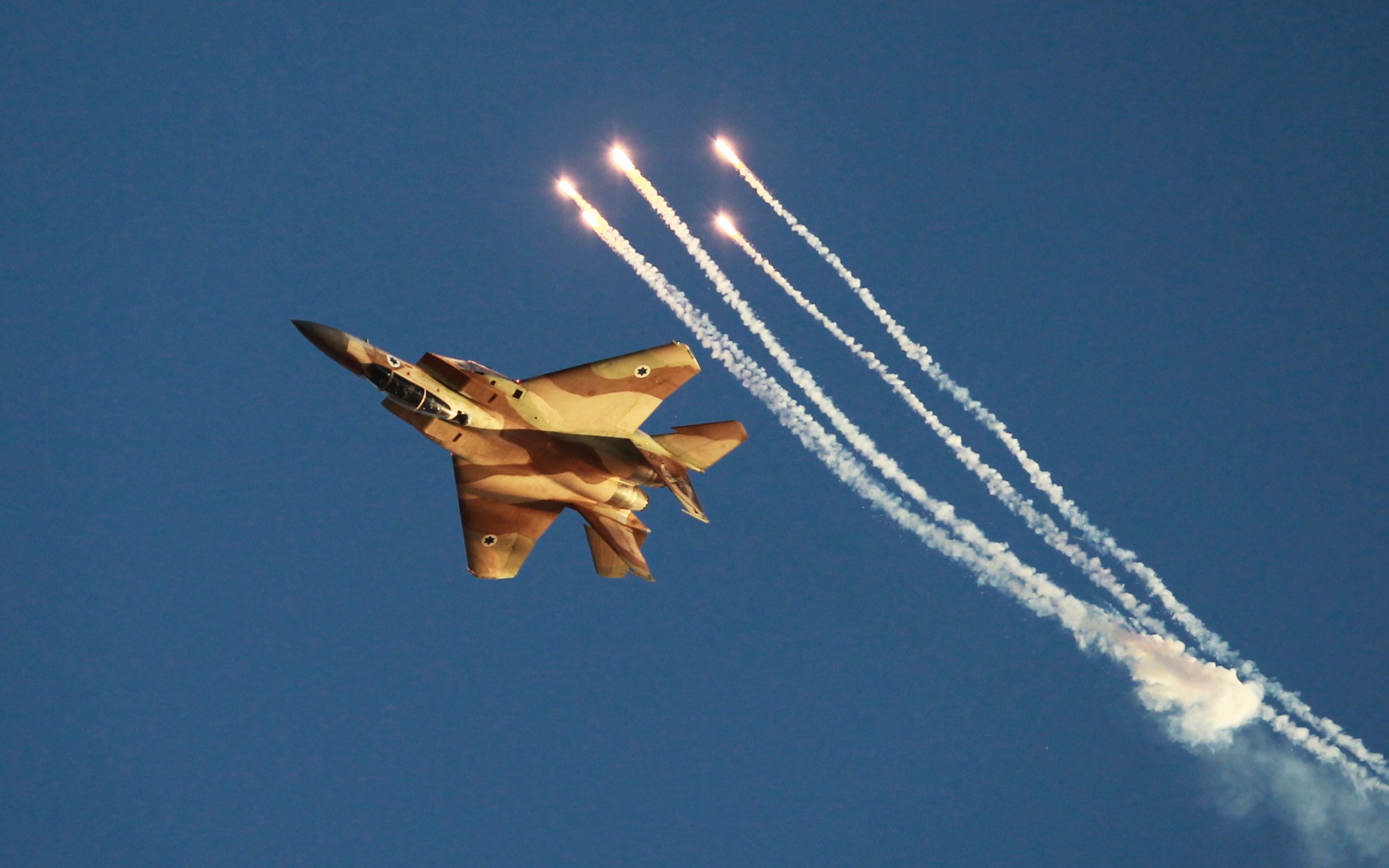
By procuring the F-15IA, the IAF is enhancing their long-range strike capabilities. Such a robust long-range strike capability should enhance Israel’s deterrence, which Israeli leaders have striven to restore since October 7. A more robust long-range strike capability, however, gives Israel real options for launching strikes against distant targets in Iran.
Clearly, the U.S. is still committed to its alliance with Israel, because Washington approved this purchase by Israel, despite the strained relations. Yet, the possibility exists that other regional powers will seek to acquire similar capabilities, either from the U.S. or the Russians, now that Israel is getting this plane – and that could trigger a whole new arms race.
Author Experience and Expertise: Brandon J. Weichert
Brandon J. Weichert, a National Interest national security analyst, is a former Congressional staffer and geopolitical analyst who is a contributor at The Washington Times, the Asia Times, and The-Pipeline. He is the author of Winning Space: How America Remains a Superpower, Biohacked: China’s Race to Control Life, and The Shadow War: Iran’s Quest for Supremacy. His next book, A Disaster of Our Own Making: How the West Lost Ukraine, is due October 22 from Encounter Books. Weichert can be followed via Twitter @WeTheBrandon.
All images are Creative Commons or Shutterstock.
From the Vault
Russia Freaked Out: Why the U.S. Navy 'Unretired' the Iowa-Class Battleships
Battleship vs. Battlecruiser: Iowa-Class vs. Russia's Kirov-Class (Who Wins?)


